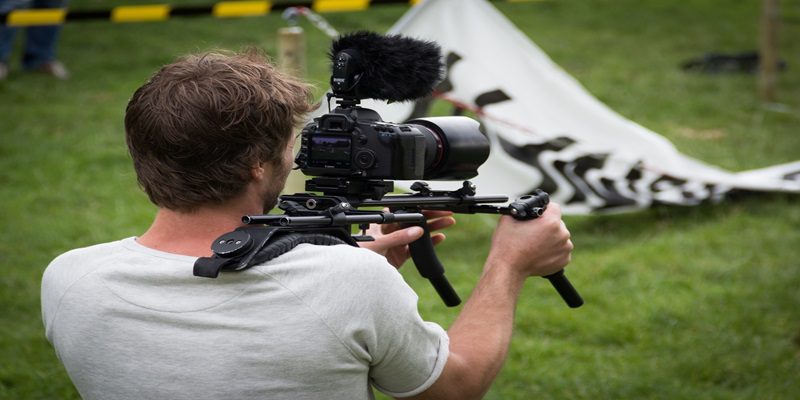Crafting Cohesive Narratives: The Importance of Storyboarding in Explainer Video Production

Explainer videos have become a cornerstone of modern marketing and communication strategies, offering a concise and engaging way to convey complex ideas to a wide audience. However, behind every successful explainer video lies a meticulously crafted narrative. In this article, we’ll explore the importance of crafting cohesive narratives and how storyboarding plays a crucial role in the production of effective explainer videos.
At its core, a cohesive narrative is the thread that ties together the various elements of an explainer video, from the script and visuals to the pacing and tone. A well-crafted narrative not only captures the attention of viewers but also guides them through the story in a clear and engaging way. It provides structure and direction, ensuring that every aspect of the video serves to reinforce the central message or idea.
The Role of Storyboarding:
Storyboarding is the process of visually outlining a video scene by scene, using sketches or illustrations to represent each shot and sequence. It serves as a roadmap for the entire production process, guiding everything from the scriptwriting to the animation or filming. By mapping out the flow of the narrative and visualizing key elements in advance, storyboarding ensures that the final video effectively communicates the intended message.
Creating a Visual Blueprint:
One of the key benefits of storyboarding is that it allows creators to create a visual blueprint for their explainer videos. Instead of relying solely on written descriptions or verbal instructions, storyboard sketches provide a concrete visual reference that can be easily understood by everyone involved in the production process. This ensures consistency and cohesion throughout the video, as all team members are working from the same visual guide.
Ensuring Visual Consistency:
Visual consistency is crucial for maintaining the coherence and professionalism of an explainer video. By storyboarding each scene in advance, creators can ensure that the visual style, color palette, and design elements remain consistent throughout the video. This helps reinforce the narrative and creates a more polished and cohesive viewing experience for the audience.
Streamlining Communication:
Storyboarding also plays a crucial role in streamlining communication among team members. Instead of relying on verbal descriptions or written instructions, creators can use storyboard sketches to convey their ideas visually. This reduces the risk of misunderstandings or misinterpretations and ensures that everyone is on the same page regarding the creative direction and vision for the video.
Minimizing Revisions and Rework:
Another advantage of storyboarding is that it helps minimize the need for extensive revisions or rework later in the production process. By planning out each scene in advance, creators can identify potential issues or challenges and make necessary adjustments before moving into the more time-consuming phases of production. This saves time, resources, and ensures a smoother overall workflow.
Fostering Creativity and Innovation:
Storyboarding is not just a practical tool for planning and execution – it’s also a catalyst for creativity and innovation. By providing a visual canvas for exploring different ideas and experimenting with visual elements, storyboarding encourages creators to think outside the box and push the boundaries of traditional storytelling. This fosters a more dynamic and engaging final product that stands out from the crowd.
Conclusion:
Crafting cohesive narratives is essential for creating effective explainer videos that engage and captivate audiences. By using storyboarding as a tool to map out the flow of the narrative and visualize key elements in advance, creators can ensure that their videos effectively communicate the intended message and leave a lasting impression on viewers. So the next time you embark on an explainer video project, remember the importance of storytelling and the role that storyboarding plays in bringing your vision to life.





